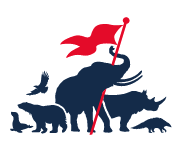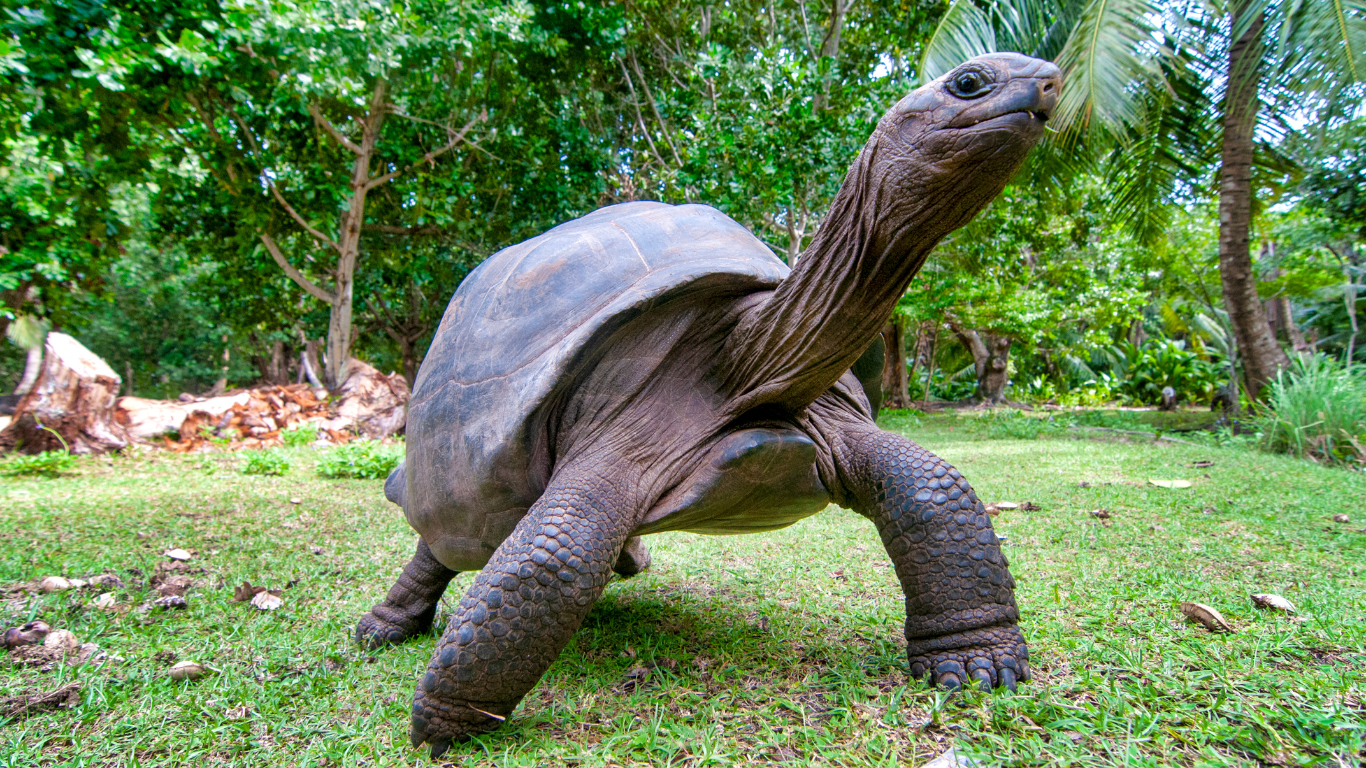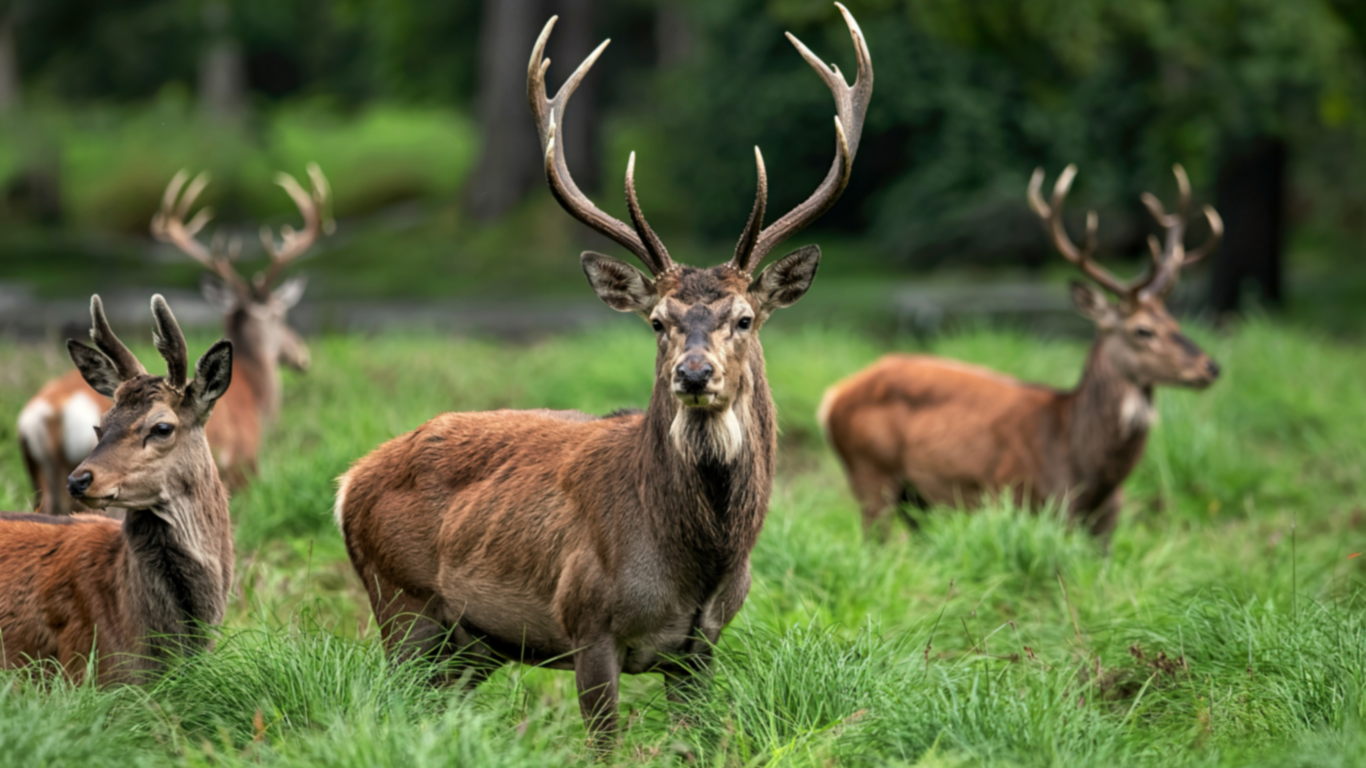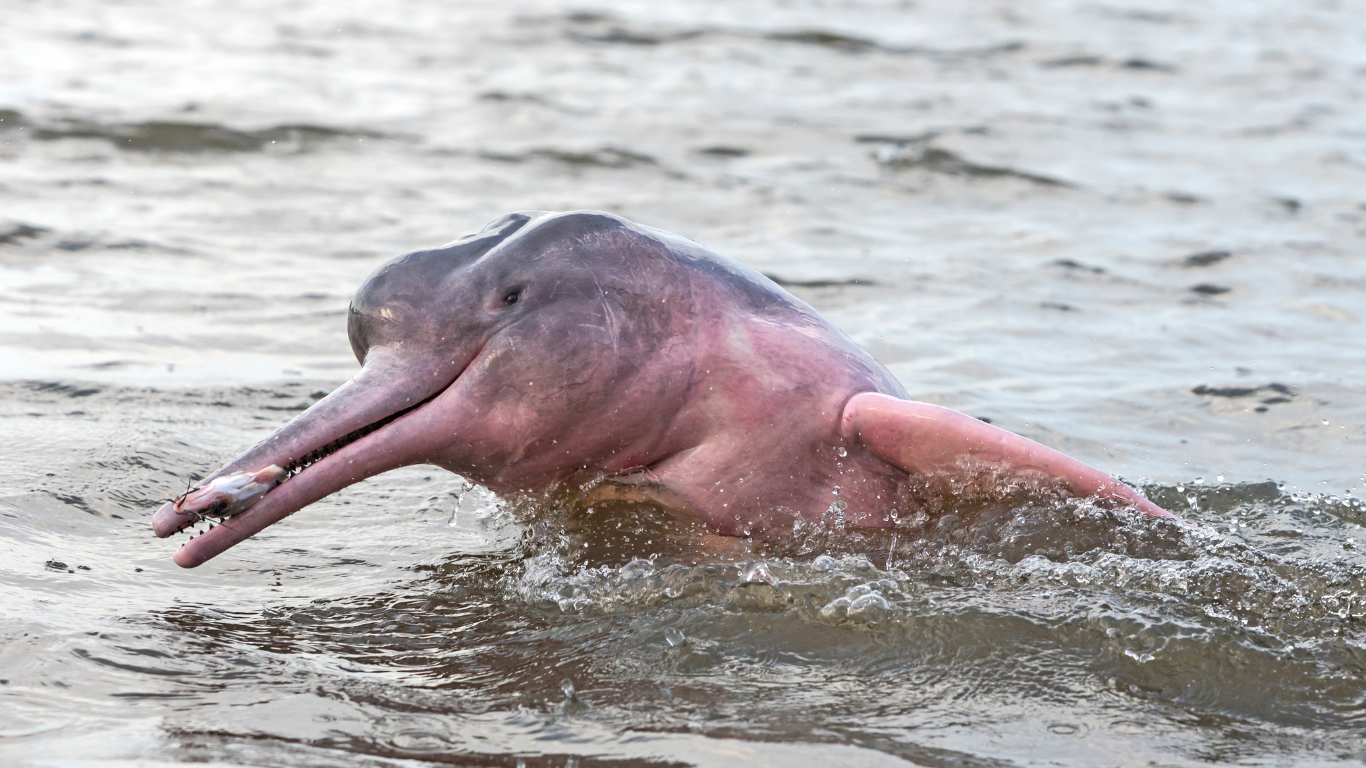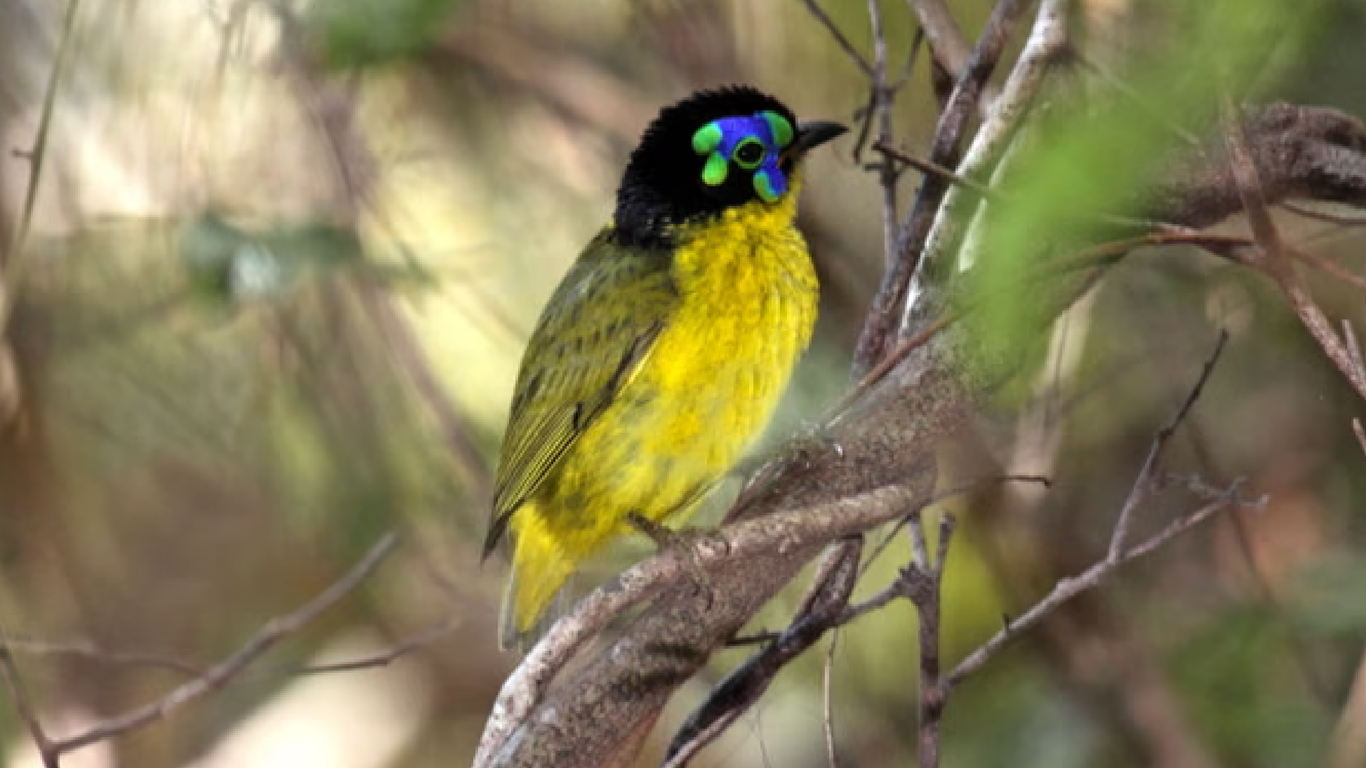Article written by Jonathan Watts
Originally published by The Guardian, 10 October 2025
Exclusive: Trial that has produced 13 hatchlings could help other threatened species avoid extinction
The slow-motion pitter-patter of tiny giant tortoise feet has been worryingly rare in recent years, but that looks set to change thanks to the first successful hatching of the species with artificial incubation.
One week after the intervention, the 13 babies are building up their strength on a diet of banana slices and leafy greens in Seychelles, which is home to one of the last remaining populations of the tortoise.
The researchers said the successful trial could help to stave off an extinction crisis for other threatened species.
As new members of one of the biggest and longest-lived reptile species in the world, the Aldabra giant tortoise, they could eventually reach a weight of about 250 kg (39 st) and live more than 100 years.
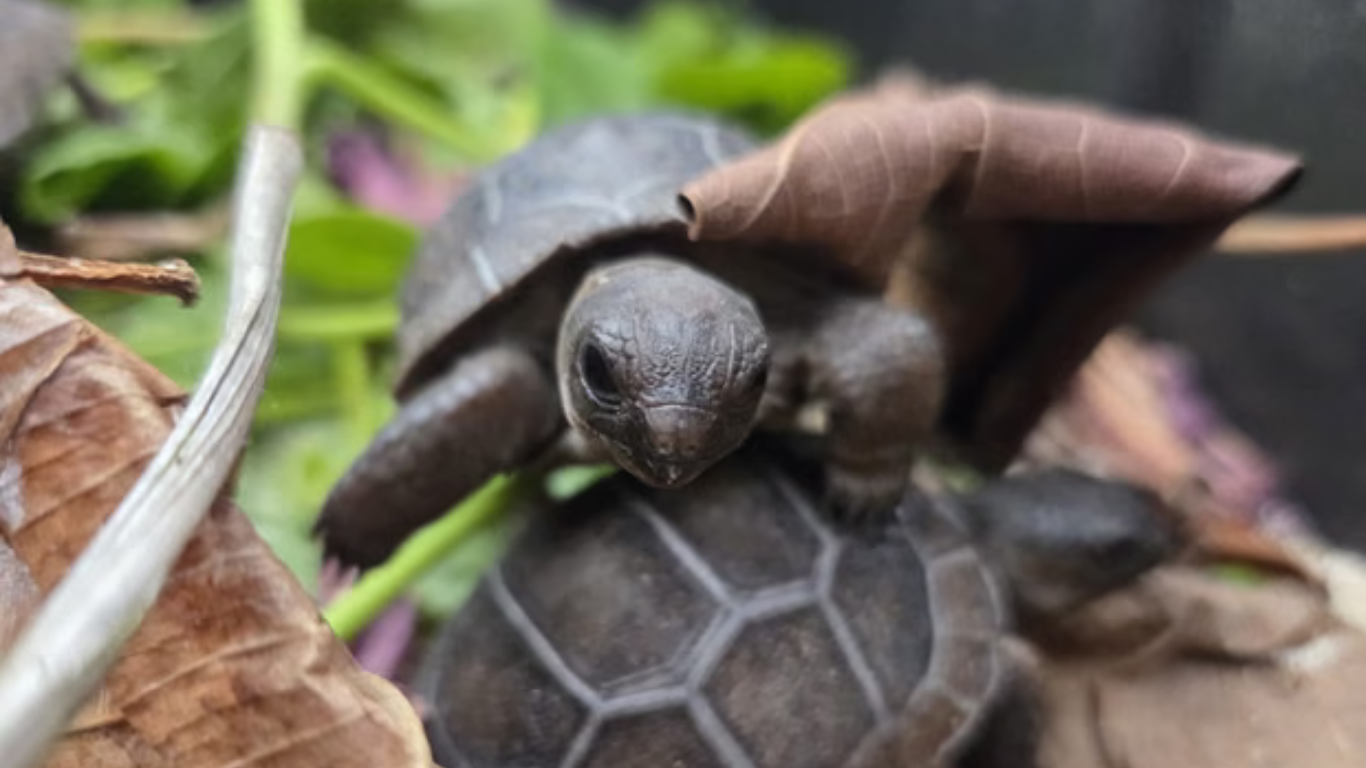
The hatchlings are the survivors from 18 eggs taken from a single nest on Cousin Island by local conservationists after scientists used a groundbreaking technique to analyze whether the failed tortoise eggs were fertilized and capable of developing.
“This is a huge leap,” said Alessia Lavigne, a Seychelloise based at the University of Sheffield, in England, who was the lead author of a recent study related to the project. “It shows what conservation can do.”
The study examined the reproduction rates of five turtle and tortoise species, which revealed that 75% of undeveloped eggs had been fertilized but contained embryos that died at an early stage.
Those findings cast new light on why the Aldabra giant tortoise, which is classified as vulnerable by the International Union for Conservation of Nature, appears to have very low hatching success in wild nests. The failure rate is considered more likely to be due to environmental factors than to any genetic trait of the tortoises.
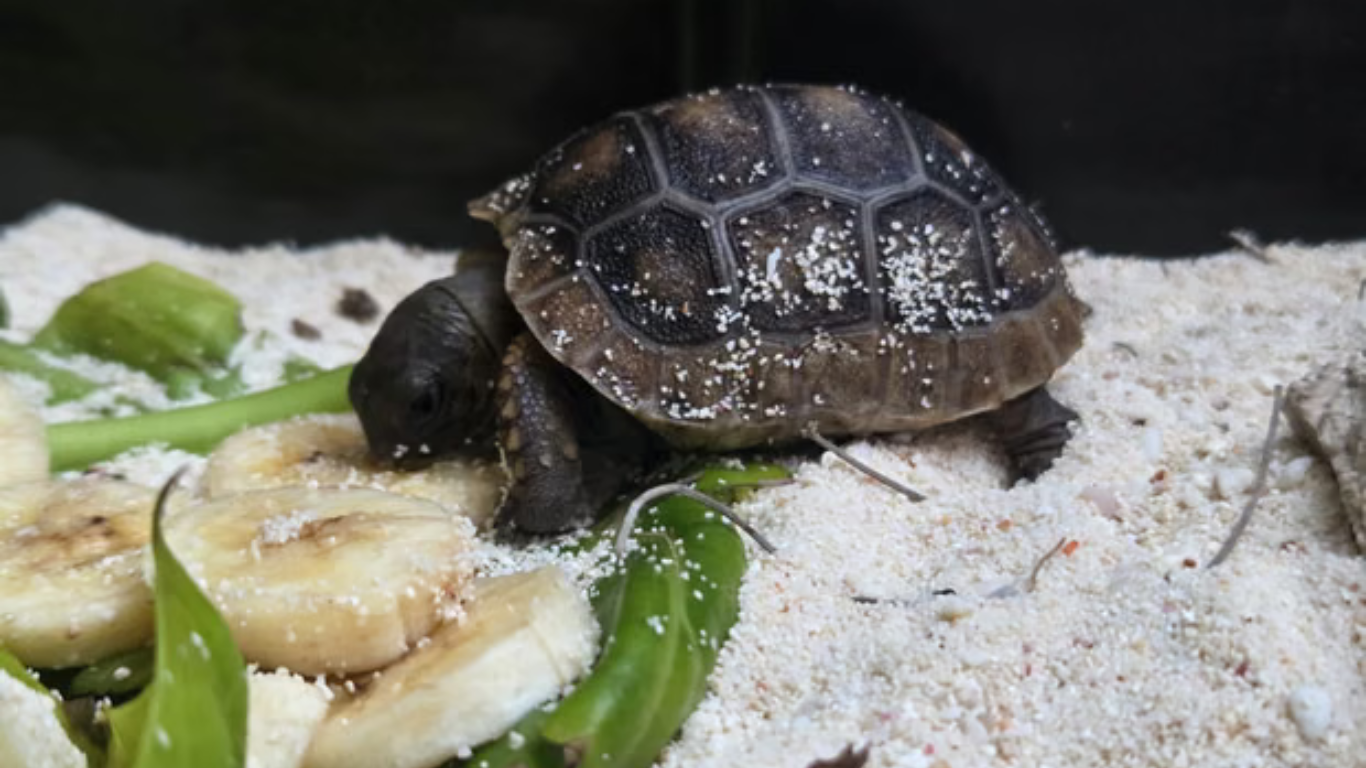
Giant tortoises were wiped out from most other Indian Ocean islands in the 19th century as a result of hunting by sailors, but the population on the Aldabra group of islands in Seychelles was saved thanks to their isolation. They, along with 400 other endemic species and the extraordinary colours of the landscape, were the reason why the atoll was listed as a World Heritage Site by UNESCO in 1982.
As a hedge against extinction, some individuals were moved to other islands, including Cousin, in the hope that they could establish backup populations in the event of new threats. This has proved prescient because at least one island is being developed as a luxury tourist resort, funded with Qatari money, as the Guardian revealed last year.
Lavigne said the rarity of juvenile sightings on many islands suggests reproduction rates may be low. The incubation of fertilized eggs, which is being trialed in collaboration with Nature Seychelles, can help to bolster numbers if there is a crisis. But the priority for research will be how to improve the conditions of wild nests.
“It’s wonderful that these eggs have been shown to be viable, but artificially incubating eggs is not a long-term solution,” said Nicola Hemmings of the University of Sheffield’s School of Biosciences. “We now need to identify the variables that are impacting survival in the natural nest environment and then see if there are ways to improve them.”
